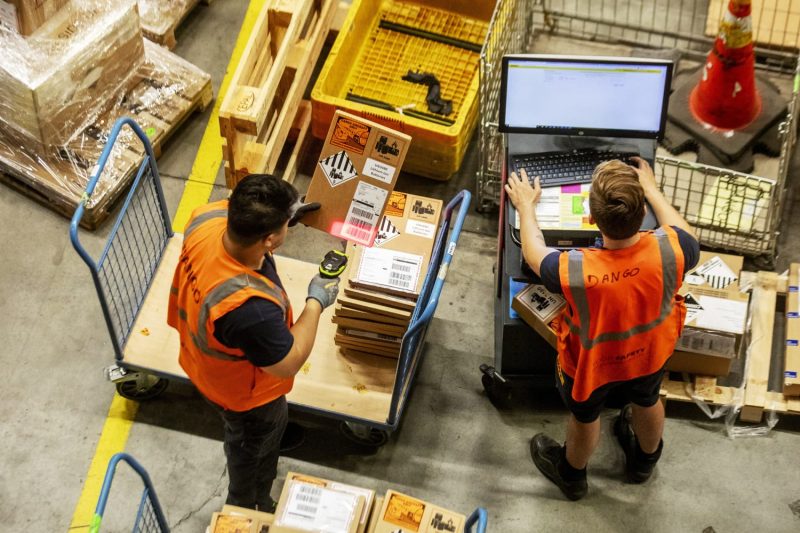
Shattered Connections: The Domino Effect of a Single Failure in Global Commerce
In today’s interconnected world, the global commerce network operates through a delicate balance of dependencies, driving goods and services across borders with near-seamless efficiency. However, this intricate web of supply chains and logistics is not immune to disruption, as evidenced by the catastrophic consequences that can stem from a single failure.
One of the key vulnerabilities in the global commerce network lies in its reliance on just-in-time supply chains. These intricate systems are designed to minimize inventory holding costs and maximize efficiency by delivering goods precisely when they are needed. However, this efficiency comes at a cost – leaving little room for error when disruptions occur.
Natural disasters, geopolitical tensions, or unforeseen events can ripple through the network, affecting multiple nodes and disrupting the flow of goods. A failure at a critical point in the supply chain can have far-reaching consequences, magnifying the impact and causing disruptions across industries and continents.
The fragility of the global commerce network was starkly illustrated by the COVID-19 pandemic. As the virus spread rapidly around the world, lockdowns and restrictions caused disruptions at every level of the supply chain. Factories closed, transportation routes were severed, and demand patterns shifted overnight. The result was widespread shortages of essential goods, from medical supplies to everyday groceries, highlighting the vulnerabilities inherent in the system.
Moreover, the interconnected nature of global commerce means that a failure in one industry can have cascading effects on others. A disruption in semiconductor production, for example, could impact the automotive industry, electronics sector, and a myriad of other industries that rely on these components. This domino effect can rapidly escalate a single failure into a full-blown crisis, with repercussions felt across the entire global economy.
To mitigate the risks associated with a fragile web of global commerce, businesses must adopt a more resilient approach to supply chain management. This includes diversifying sourcing locations, building redundancies into critical supply chain components, and developing robust contingency plans to respond to disruptions swiftly and effectively.
Ultimately, the fragility of the global commerce network serves as a stark reminder of the interconnectedness of the modern economy. A single failure, whether a natural disaster, geopolitical event, or unforeseen crisis, can have profound and far-reaching consequences. By understanding these vulnerabilities and taking proactive measures to build resilience, businesses can navigate the complexities of global commerce with greater agility and adaptability in the face of uncertainty.
